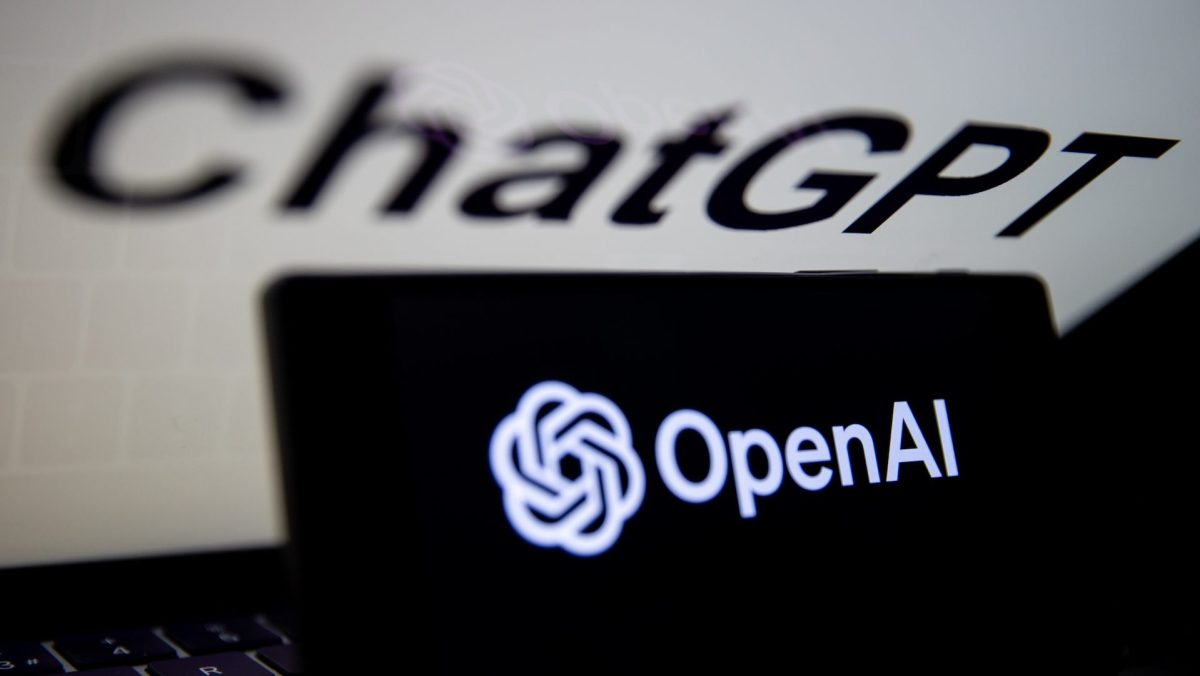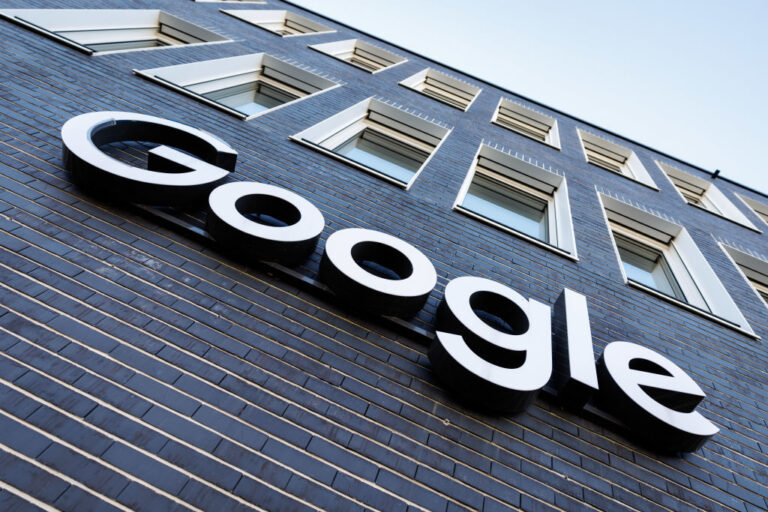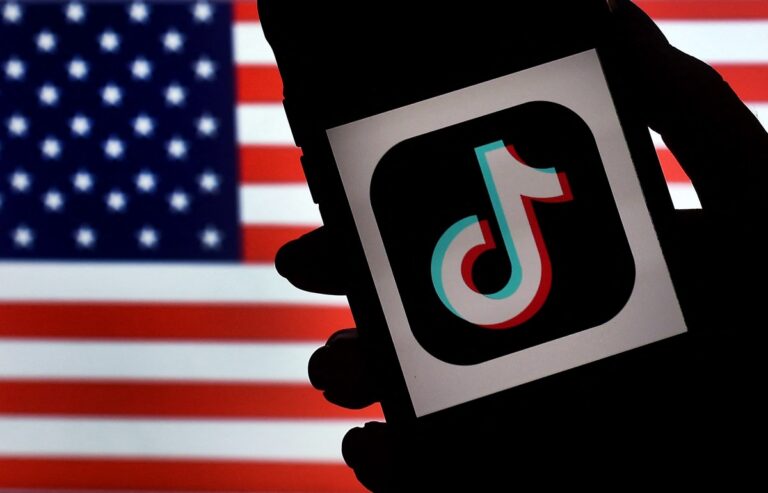OpenAI wants to pair online courses with chatbots
If OpenAI has its way, the next online course you take might have a chatbot component.
Speaking at a fireside on Monday hosted by Coeus Collective, Siya Raj Purohit, a member of OpenAI’s go-to-market team for education, said that OpenAI might explore ways to let e-learning instructors create custom “GPTs” that tie into online curriculums.
“What I’m hoping is going to happen is that professors are going to create custom GPTs for the public and let people engage with content in a lifelong manner,” Purohit said. “It’s not part of the current work that we’re doing, but it’s definitely on the roadmap.”
Purohit says that already, she’s observed professors uploading a “semester’s worth” of content to create custom GPTs with OpenAI’s existing tools, and then making those GPTs available to their students. “Students engage with that finite knowledge … [which] I think is a really powerful and good way to let them research,” she added.

OpenAI is aggressively going after the education market, which it sees as a key area of growth.
In September, the company hired former Coursera chief revenue officer Leah Belsky as its first education GM and charged her with bringing OpenAI’s products to more schools. And this spring, OpenAI launched ChatGPT Edu, a version of ChatGPT built for universities.
According to Allied Market Research, the AI in education market could be worth $88.2 billion within the next decade. But growth is off to a sluggish start, in large part thanks to skeptical pedagogues.
The GPTs Purohit described might look something like Khanmigo, a chatbot Khan Academy, the e-learning platform, launched in collaboration with OpenAI last year. Khanmigo can give students pointers on homework assignments, test prep, and more, tightly integrating with Khan Academy’s educational content library.
Illustrating the pitfalls of AI today, Khanmingo makes mistakes. When The Wall Street Journal tested the chatbot in February, it struggled with basic math, and often didn’t correct errors when asked to double-check solutions.
Purohit asserted that the tech is improving, however.
“All of our models keep getting better, and our goal is to help translate that into what works in learning and teaching,” she said.
Educators remain largely skeptical. In a survey this year by the Pew Research Center, a quarter of public K-12 teachers said using AI tools in education does more harm than good. A separate poll by the Rand Corporation and the Center on Reinventing Public Education found that just 18% of K-12 educators are applying AI in their classrooms.







